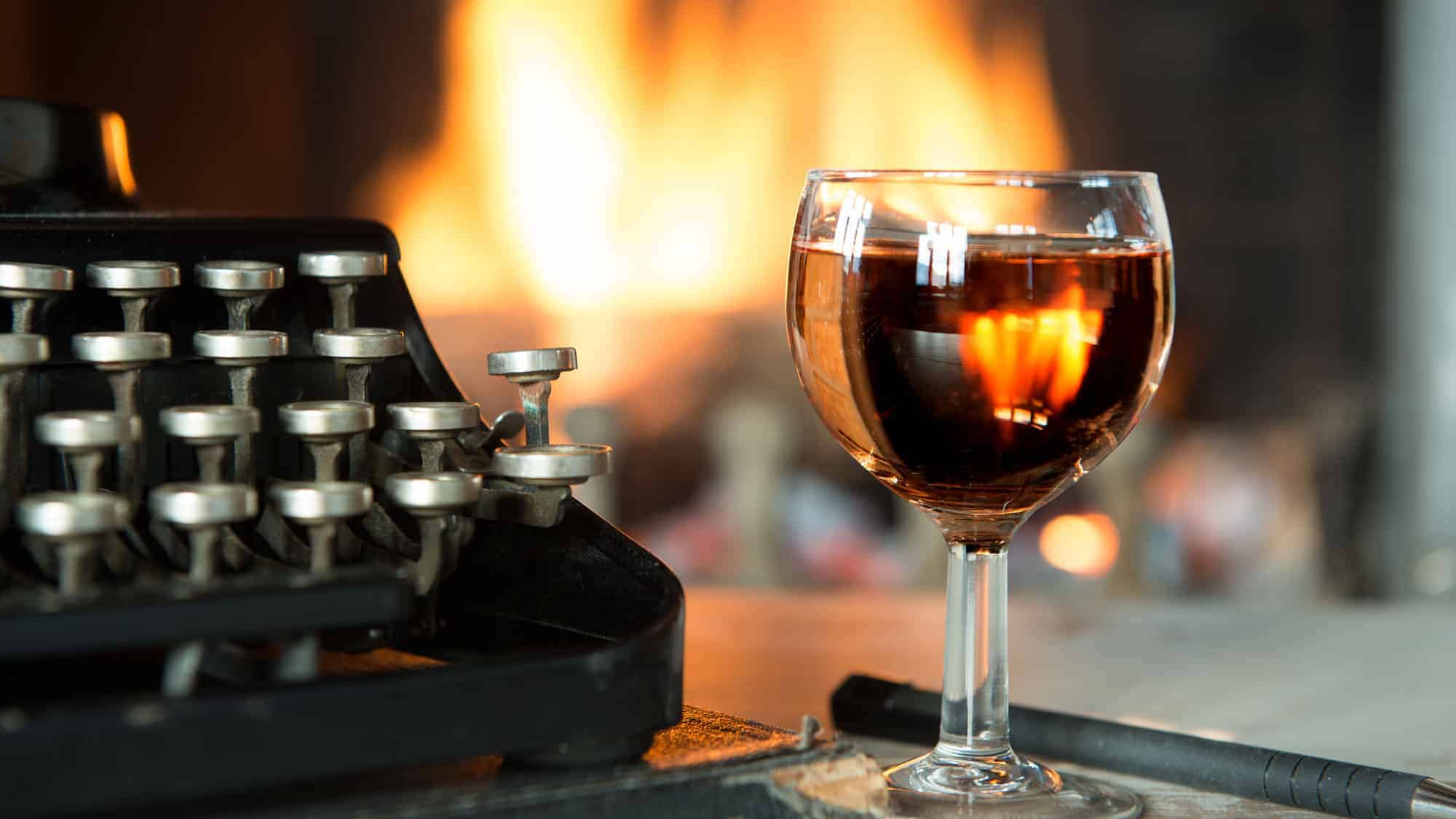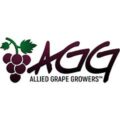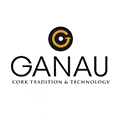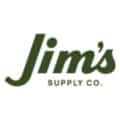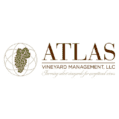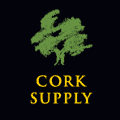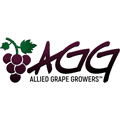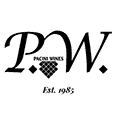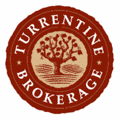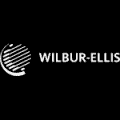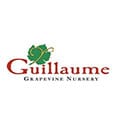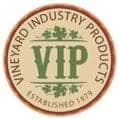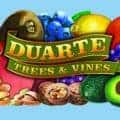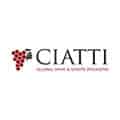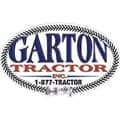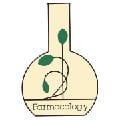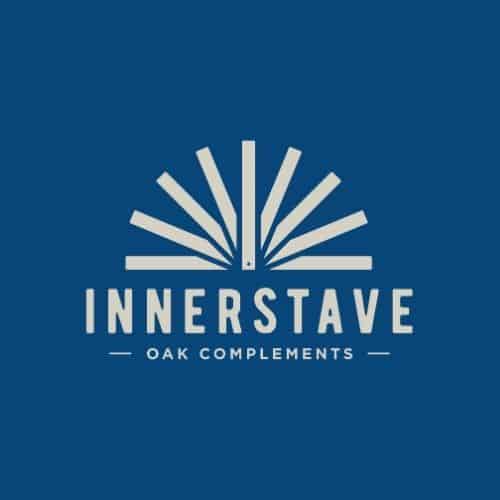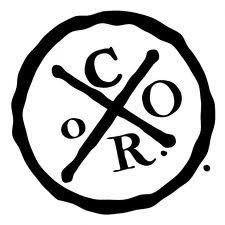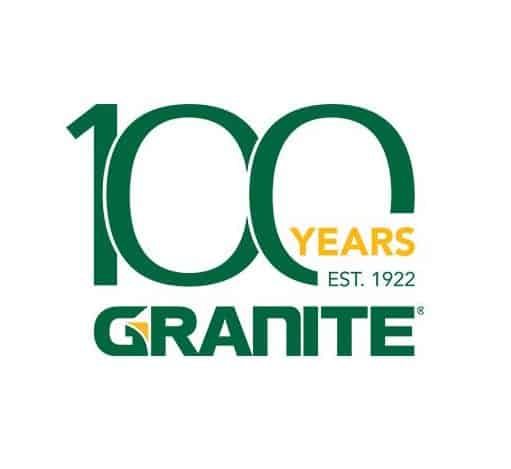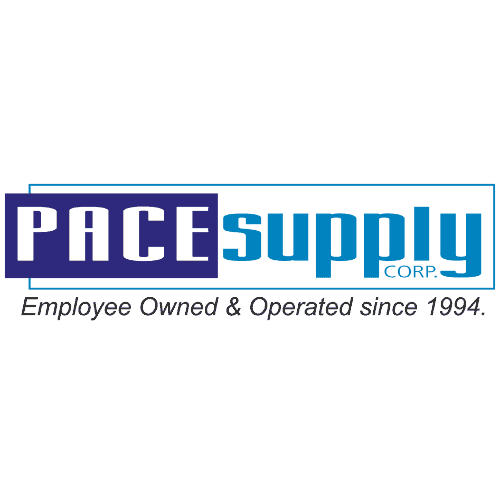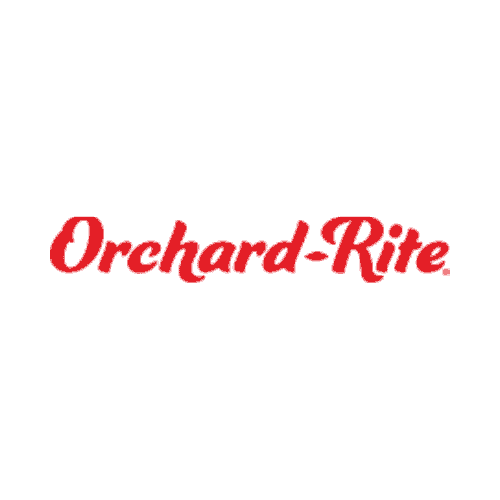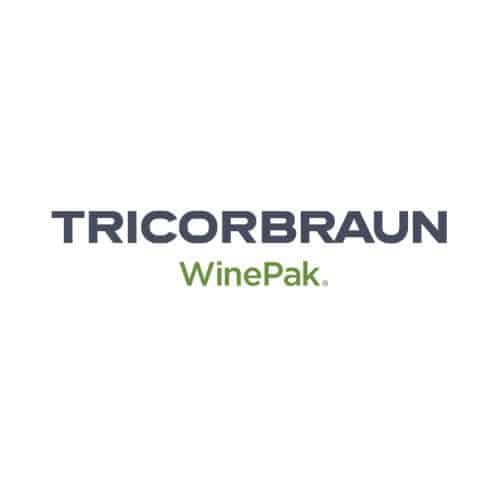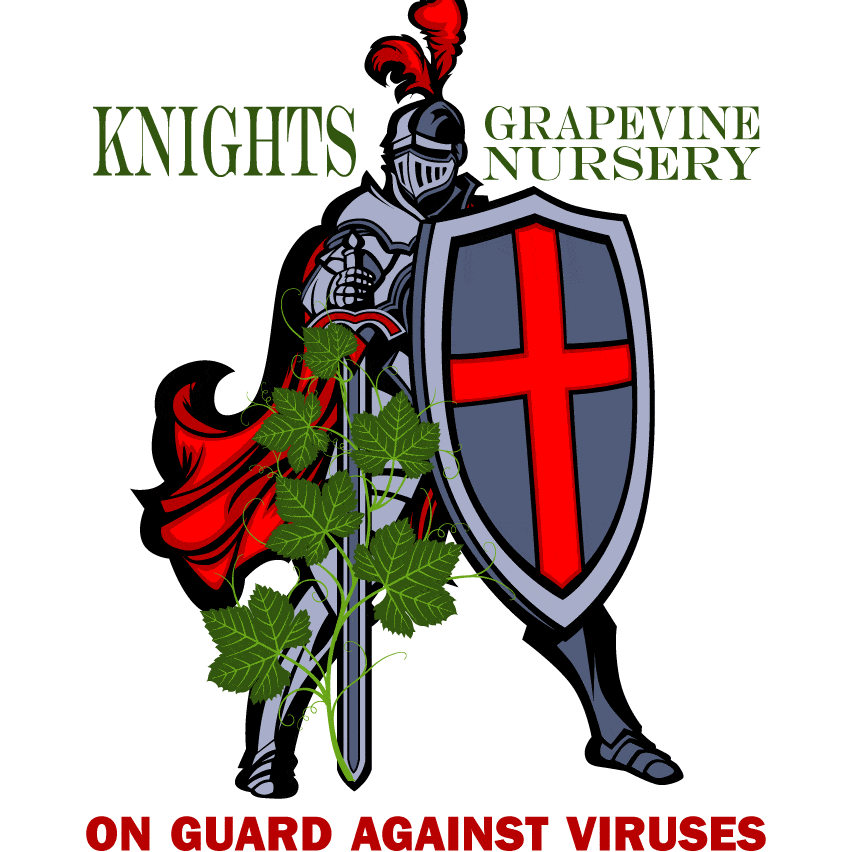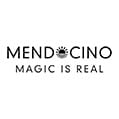Fetzer Clan’s Artist.
Jeriko Estate’s Mediterranean villa on the west side of Highway 101 north of Hopland pulls me in with its adobe colored walls, red tiled roofs, and graceful archways. Artist, architect, and youngest son of Mendocino’s winegrowing Fetzer clan, Daniel Fetzer created his winery by drawing from what was here and overlaying it with early California, Tuscan and Provencal influences.
“The re-design of the Estate House behind the winery carried over from the original colonial farmhouse, which was built in 1898 by Judge Sturtevant,” says Fetzer, who remodeled it a hundred years later. “Colonial and Mediterranean roof lines are similar,” he says adding that the stucco and tile also reflect early California architecture. He carried the same style to the winery which was once an old prune shed.
As I settle on the overstuffed couch in front of a blazing fire in the tasting room, Daniel Fetzer and Jeriko’s winemaker George Vierra share thoughts on grapegrowing, Jeriko wine and family history.
Members of the Fetzer family have contributed to Mendocino County’s wine story since 1968 when Fetzer’s parents, Barney and Kathleen, produced their first vintage. Daniel Fetzer was four years old when the winery was built in Redwood Valley. As the youngest of eleven children Fetzer grew up in the vineyards. In 1981, the year he graduated from Ukiah High School his father passed away. His older siblings were already working in the family business.
In 1988, when the Fetzers purchased the Valley Oaks ranch in Hopland, Daniel Fetzer, with his artistic talents and skills, found his place designing the new winery. “It was my crazy idea to build an above ground ‘cave’ for the barrel room. It has a steel frame supporting the top next to the 80-foot thick earthen wall to help keep it cool,” he says. “It was a pretty exciting and it turned out to be a practical design for the 100,000 square foot building.”
When the family sold the Valley Oaks ranch and Hopland winery in 1992, it signed noncompetition clauses that lasted eight years. Each family member ended up with a vineyard parcel in Mendocino County and many of them are still growing grapes and some are making wine again. When Fetzer took over this property it was called North Bay Vineyard. He went to work designing what was to become Jeriko.
“I wanted a new feel for the property,” he remembers. The name Jeriko derives from an ancient civilization. It stands for “city of agriculture,” the place where plants and animals were first domesticated along the banks of the Jordan River in what is now spelled Jericho in Palestine.
“The soil on this ranch which is farmed biodynamic and certified organic is great,” says Fetzer, but the vineyards were old and rundown. He replanted all but a 13 acre block of Chardonnay next to the Russian River. “The grapes in that block are intensely flavored and we found them perfect for our Brut sparkling wine,” he says. Jeriko’s first vintage the 2001 Brut won Best of Show at the prestigious Orange County Competition and was the first American organic sparkling wine. The current 2005 vintage won the same award last year.
Fetzer replanted the old vineyards with Pinot Noir, Chardonnay, Merlot, Syrah and Sangiovese vines. “We took out 500 to 600 vines per acre and replanted with 1100-1200 vines per acre,” says Fetzer. The denser planting is designed to force the roots to go deeper and make the roots struggle to get enough moisture and space. “They have less yield per vine and at the same time more tonnage per acre,” Fetzer explains. “We think it increases the quality as well as the tonnage. It’s the best of both worlds.”
Winemaker Vierra, who knows Jeriko’s vineyards well is reminded at this point about a James Beard story he likes to tell students when he’s teaching in the viticulture program at Napa Valley College. “James Beard would say he could always tell a good chef by his tomato salad,” says Vierra, “It’s the same with good wine, the grapes are what count.” Fetzer chimes in with the winemakers saying that “you can make a good bottle of wine from good grapes and a bad bottle of wine from good grapes, but you can’t make a good bottle of wine from bad grapes.”
“We try to capture what the grapes give us,” says Vierra, who not only teaches in Napa and around the country and makes Jeriko wines but is a widely respect consultant for wineries from Mexico to Canada. He has been in the wine business since 1971.
Vierra is especially enamored with some of the small blocks of Pinot Noir at Jeriko. “We plan to put them into their own special bottling,” he says. Most of the wines at Jeriko are made from estate grown grapes. The Cabernet Sauvignon comes from Kathleen’s Vineyard, named for the Fetzer family matriarch, at the old family ranch in Redwood Valley. Grenache Noir comes from the Hartje Ranch also in Redwood Valley.
In the low light of the tasting room, a handcrafted bar is the centerpiece and a large glass wall separates and allows a view of the barrel room. Big pine farm tables, comfortable chairs and couch invite leisurely tasting. Wines are also now available for purchase by the glass. As the weather warms, the place to be is in the courtyard at amid the olive trees and lavender borders. I’ve been to several events at Jeriko where the setting is perfect for summer weddings and musical concerts. Nearby, the Estate House with six bedrooms, a pool, billiards room and state of the art kitchen is also available for rent through Jeriko’s website.
One event that takes over the winery for two weeks every summer is the taping of the PBS series “Secrets of a Chef” with the renowned Hubert Keller of Fleur de Lys restaurant in San Francisco and the Burger Bar in Las Vegas. A demonstration kitchen is brought into the tasting room where 26 episodes are filmed. “We set up our tasting bar in the cellar with a video monitor to watch while they are taping,” says Fetzer.
In addition to the Jeriko label, which is on their Sauvignon Blanc, Chardonnay, Pinot Noir, Grenache Noir, Syrah, Merlot, Sangiovese, Cabernet Sauvignon, Rose and Brut and Sparkling Rose wines, Fetzer and Vierra just released a second label with the name “San Francisco Wine Press.” Done in sepia tones with burnished edges and a representation of a lithograph from an 1850 “Scientific American” magazine, the label resembles an old newspaper.
“We created a newspaper look in honor of the heritage of the printing press, and the grape press as well,” says Vierra. San Francisco Wine Press Syrah, Syrah Rose and Chardonnay are available in the tasting room. “The price point fits in these economic times,” adds Fetzer.
To Fetzer the new label is a tribute to the early immigrants who carted their grapes to San Francisco. It also honors his own family’s history. From his parents’ courtship in the Bay Area to their ultimate settling on the 800 acre ranch in Redwood Valley, the Fetzer family pioneered organic grapegrowing and created one of the most well known Mendocino wine brands. Daniel Fetzer presses on the family legacy at Jeriko Estate.
TASTING NOTES: To accompany Jeriko’s wonderfully toasty aromatic 2006 Pinot Noir I made the recipe for meatloaf from his mother’s memoir “Kathleen’s Vineyard: The Fetzer Family Matriarch Shares her Story.” The pairing was completely complementar–food, wine and connection.

